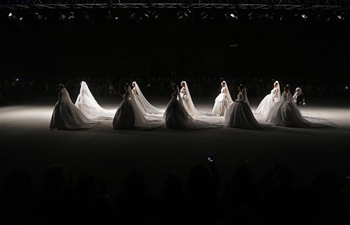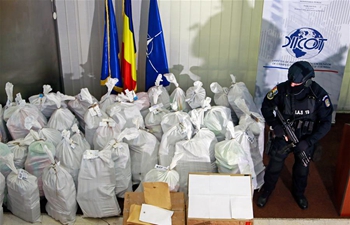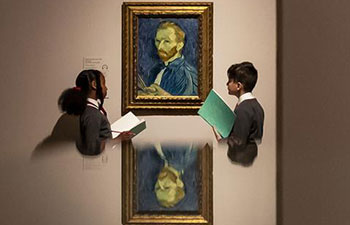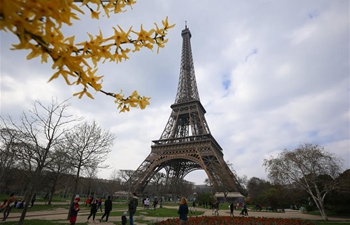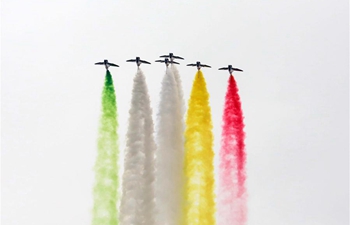SYDNEY, March 27 (Xinhua) -- In just a matter of days, a network of scientists from around the world will continue the search for gravitational waves with new and improved upgrades to an array of detecting technology.
Joining this search for what are essentially "ripples in space and time," will be Australian researchers from OzGrav, a collaboration between several of the country's universities.
Among them is the Australian National University (ANU), whose team developed a technique for identifying gravitational waves more clearly.
Known as "squeezing," the process helps reduce quantum noise that can mask the signal of gravitational waves.
As a result of this breakthrough, the U.S. LIGO detectors in Washington and Louisiana became 40 percent more sensitive.
While in Europe, a detector at the European Gravitational Observatory in Italy called Virgo, almost doubled its capabilities.
"Manipulating the quantum world to enhance the sensitivity of the globe's biggest laser interferometers will enable the deepest searches yet for new gravitational wave sources," OzGrav Professor David McClelland at ANU said on Wednesday.
With the detectors now able to search a larger volume of space to investigate events like collisions between black holes, a researcher from OzGrave who spent time in the U.S. installing the instrumentation, Nutsinee Kijbunchoo, said, "With every improvement in our squeezing technology, we can push further out into the universe."
"Seeing the range jump to more than 100 megaparsecs for the first time after injecting squeezing was one of the most exciting moments of my PhD!" he said.
The project is set to go online April 1.
